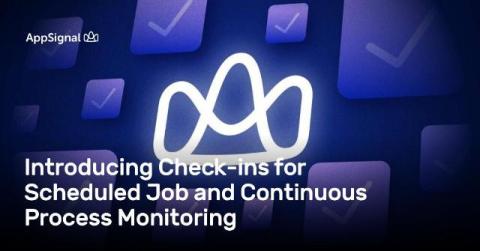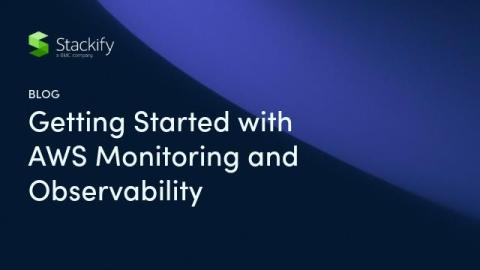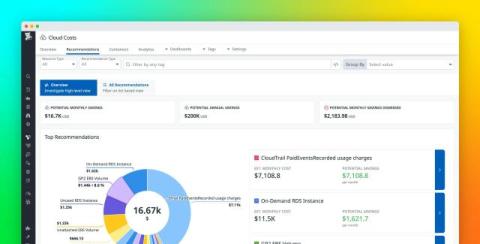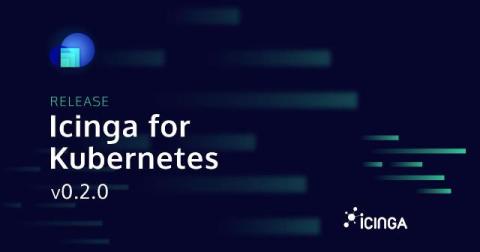Introducing Check-ins for Scheduled Job and Continuous Process Monitoring
We're excited to introduce Check-ins, our no-fuss solution to monitoring your scheduled jobs and continuous processes. AppSignal Check-ins allow you to seamlessly monitor the scheduling, run times, and health of your scheduled jobs and processes, with a simple setup using helpers or API endpoints. In this post, we'll introduce you to the new Check-ins feature and show you how to start monitoring your app's background processes with AppSignal.











